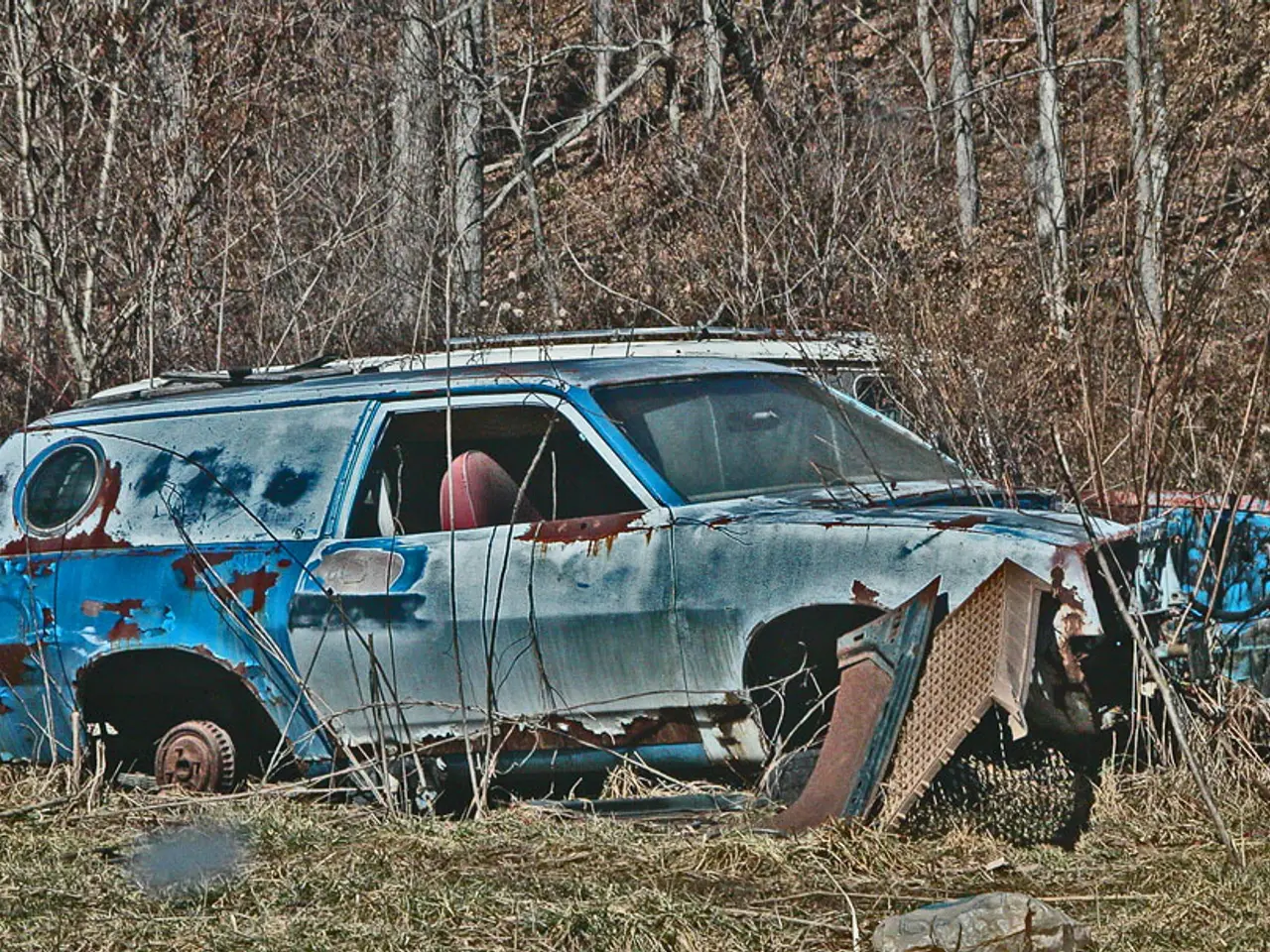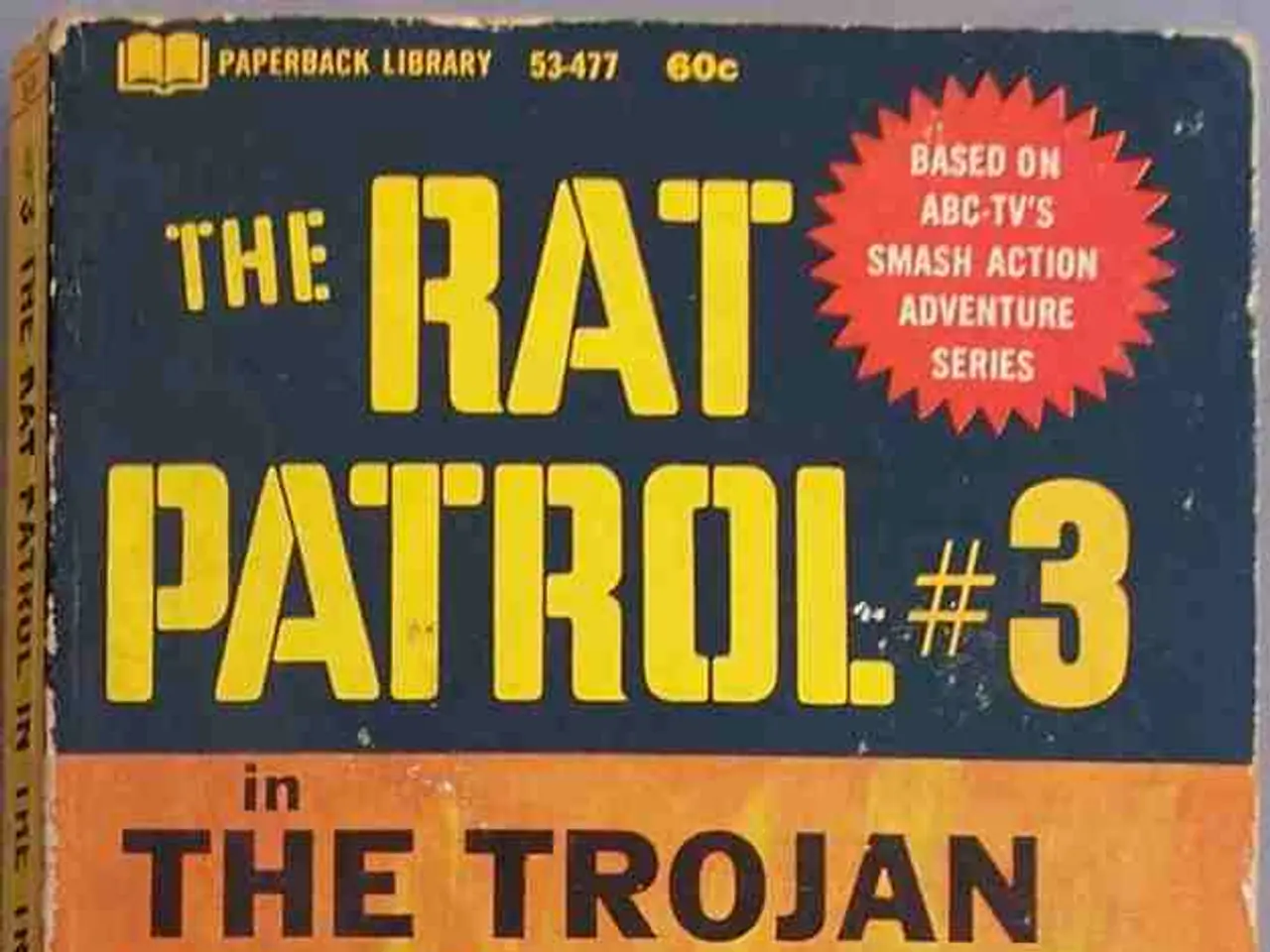Clearance needed for demining work: Decades-long job scope requires specific credentials - Arms Approval: Continues to Function for Several Decades Yet
In the heart of Central Germany, the Chemie- und Industriepark Zeitz has seen an unsettling trend in the first half of this year – three aircraft bombs were discovered, a stark reminder of the area's World War II past. This ongoing issue of unexploded ordnance (UXO) is not unique to Zeitz, as Saxony-Anhalt continues to grapple with the remnants of its war-torn history.
The Explosive Ordnance Disposal Service (EOD) in Saxony-Anhalt is at the forefront of these clearance operations. With 24 employees currently dealing with ordnance, their average age of 50 and above signals a need for renewal. Despite the challenges, the head of the EOD Service, Torsten Kresse, predicts that there will be work for several decades.
The primary cause of UXO in Saxony-Anhalt stems from extensive bombing campaigns during World War II, leaving behind a plethora of unexploded bombs and munitions embedded in soils and sediments. These dangerous relics remain a threat due to corrosion and destabilization over time, increasing the risk during land development or construction projects.
The frequency of UXO findings continues, albeit with gradual improvements in detection technology. Advances include automation and robotic systems designed to detect, sort, and safely dismantle munitions, reducing human exposure and increasing efficiency. Projects like CAMMera, though focused on munitions clearance at sea, exemplify the growing trend toward integrating unmanned vehicles, automated sorting, and environmentally friendly disposal methods relevant to UXO clearance.
To address the need for manpower renewal, investments have been made in automation of pre-sorting and dismantling processes. Training and recruitment of new EOD specialists are critical, supported by government contracts and defense sector expansions. Continuous environmental monitoring and aftercare are integrated into clearance operations to ensure safety and ecological protection following removal.
The current year has seen over 175 finds of unexploded ordnance, with 25 being "water finds." This increase could be attributed to the low water levels, making previously submerged ordnance more accessible. The service also employs 6 administrative staff.
While progress is being made, UXO remains a significant challenge for many years to come. Many soldiers threw away grenades and weapons before surrendering, contributing to the current unexploded ordnance problem. Industrial regions in Central Germany, such as those in Saxony-Anhalt, were often targeted during World War II, making the region particularly susceptible to UXO discoveries.
The economic downturn has also impacted the EOD Service, with less construction activity meaning fewer construction sites need to be checked. However, the service continues to persevere, working tirelessly to ensure the safety of the public and the environment in Saxony-Anhalt.
[1] CAMMera Project: https://www.cammera-project.eu/ [2] Rheinmetall Investment: https://www.rheinmetall.com/en/media/press-releases/2020/may/rheinmetall-to-expand-munitions-production-in-germany-and-norway.html
- Given the increasing frequency of unexploded ordnance (UXO) finds, particularly in industrial regions like Saxony-Anhalt that experienced extensive bombing during World War II, it is crucial to revise the community policy regarding UXO management to ensure effective implementation of vocational training programs for Explosive Ordnance Disposal (EOD) specialists.
- Amidst conflicts and ongoing political discussions about war-torn regions' reconstruction, general news outlets should highlight the importance of vocational training programs targeted at the EOD sector to address the aging workforce and ensure efficient UXO clearance operations in areas with a high concentration of remnants, such as Saxony-Anhalt, Central Germany.








